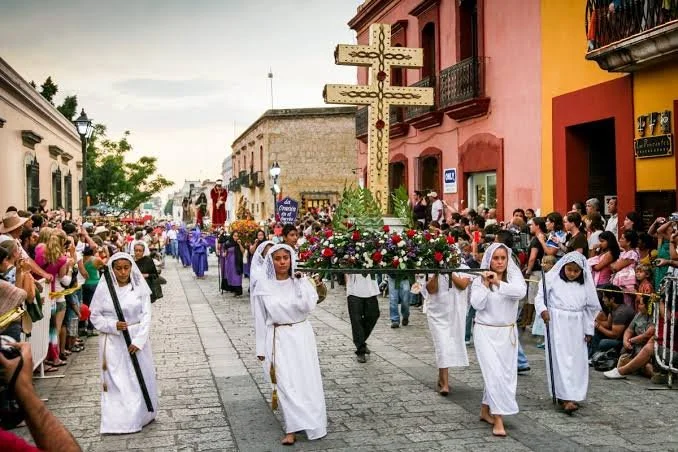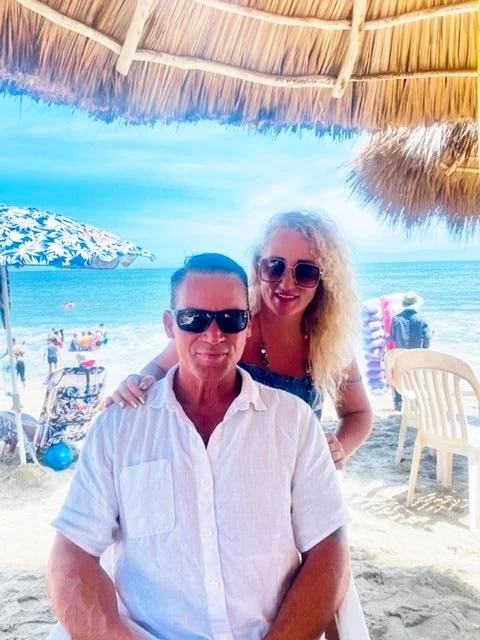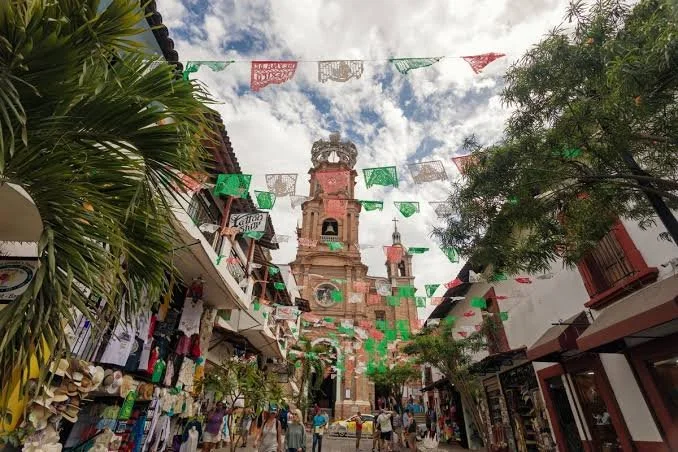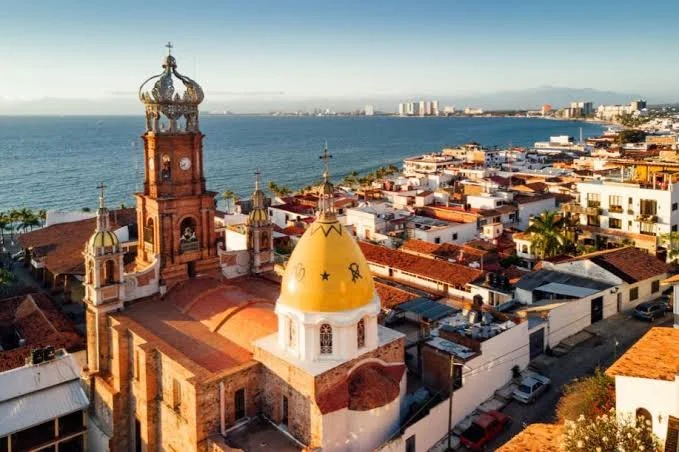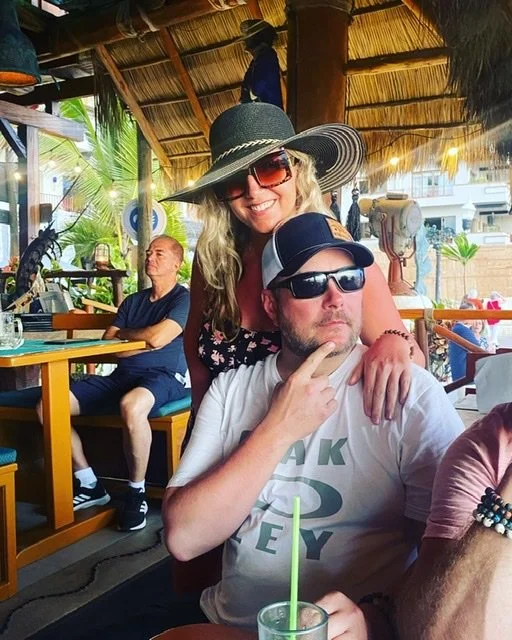Semana Santa in Puerto Vallarta.
What is Semana Santa? Semana Santa celebrates the last days of Jesus Christ’s life, but it is is much more than a religious occasion. A time of national vacations and “Spring Break” from schools, Semana Santa is Mexico’s most widely celebrated and important holiday of the year.
Thinking about heading toward the Puerto Vallarta during Semana Santa? Just be sure to plan ahead, as this is one of the busiest times of the year.
Semana Santa dates Starts: April-06-2023 Ends: April-09-2023
Semana Santa the Christian holiday of Easter
Semana Santa celebrates the Christian holiday of Easter, and some cities in Mexico, like, Puerto Vallarta, Ixtapalapa, Patzcuaro, San Cristobal de las Casas, and Taxco, will feature reenactments of the events leading up to Christ’s crucifixion.
Easter Sunday falls on April 9th and celebrating Easter in Mexico is a time of religious observance, since it is a heavily Catholic country. Mexicans celebrate a number of traditions during this time.
Easter in Mexico is celebrated over the course of two weeks. The first week (the week before Easter) is called Semana Santa or Holy Week. The second week (the week after Easter) is called Semana de Pascua. Religious rituals start during Semana Santa, and the ceremonies observed follow the biblical progression of events leading up to the crucifixion and resurrection of Jesus Christ.
Everything starts on Palm Sunday
Palm Sunday is the beginning of the Easter celebrations. This day commemorates the biblical story of Jesus’ triumphal entry into Jerusalem riding a donkey, when the crowd laid their garments and palm fronds on the street in his path to honor him. In Mexico, Palm Sunday is known as Domingo de Ramos.
In Puerto Vallarta and throughout Mexico, churches are decorated with palm fronds, and parishioners receive a blessing of palms from the priest in the church. Some churches give out pieces of palm to each member of the congregation for blessing and some parishioners bring their own pieces of palm or small crosses or figurines made of palm to be blessed.
Vendors gather outside of the churches to sell intricately woven palm-frond designs, crucifixes, and other items made from fresh palm. Parishioners buy these items and traditionally gather at the front of the local church to have these items blessed before the Palm Sunday Mass. Afterwards, parishioners place the blessed palms over the doorway of their houses, or bring to friends and relatives who are unable to attend mass. Many Mexican Catholics believe that placing the palm over the entrance to their home will prevent evil from entering.
Semana Santa Events in Puerto Vallarta.
Easter Festival 2023
4 consecutive days with the best the best pool parties in the romantic zone. The event line-up features 10 of the best guest DJs, including: Alexander Rendo, ARON, Danny Verde, Micky Friedman, among others; in addition to the resident DJs: Diego Álvarez, Hoolio KMacho and Luis Vázquez.
Access from 10:00 am with pool party; At sunset, the fun continues on the hottest beach in PV.
Tickets available in: Holy Week 2023 Puerto Vallarta
More information: Mantamar Beach Club Bar & Sushi
April 9 & 10 – Bank holidays.
April 30 – Día del Niño (Children’s Day). Local children participate in a parade on the streets and enjoy the party.
You may also like the following events from Puerto Vallarta, Mexico:
This Saturday, 25th March, 12:00 pm, V Ruta Turística Puerto Vallarta in San Blas
This Sunday, 26th March, 12:00 pm, 21K Medio Maratón y 5K Carrera Recreativa de Seapal Vallarta in Puerto Vallarta
Next month, 6th April, 04:00 pm, Industry Club PV Easter 2023 in Puerto Vallarta
Semana Santa Puerto Vallarta our lady of Guadalupe.
Monday, Tuesday and Wednesday during Holy Week are pretty quiet, but depending on where you are, you might find some events happening at the church. According to the traditional timeline, Holy Monday (Lunes Santo) is the day that Jesus went to the temple and found it filled with vendors. He chased the vendors away, remarking that the temple is a sacred place that must be respected. Holy Tuesday (Martes Santo) is the day that Jesus announced his impending death to his disciples.
Holy Wednesday
According to tradition, on this day, Mexican Catholics remember Judas’ betrayal of Jesus. Although it is not very common, some churches hold a late-afternoon mass in which the disciples’ abandonment of Jesus is reenacted. In this dramatic ceremony, a candelabra with 15 candles is lit, and one by one the candles are extinguished as the psalms are sung. In the end only the center candle remains, representing Jesus. This ceremony is called Vespers of Darkness or los matines de la tinieblas. If you can find this ceremony at a local church, it is worth attending, because this is a rather rare and beautiful ceremony that you can find only in certain parts of Mexico.
Holy Thursday
Holy Thursday is one of the most important days in Holy Week. This day commemorates the Last Supper and Jesus’ institution of the eucharist (holy communion) and the holy order of the priesthood. In Mexico it is traditional to attend mass to celebrate the supper of the Lord and then visit 7 other churches in your town. Many of the churches will hand out bread to visitors on this day, as a way of celebrating the Last Supper.
Good Friday
Most cities and towns in Mexico have processions reenacting the crucifixion of Jesus Christ on Good Friday. In many cities, the full Passion Play is enacted, including scenes portraying the entrance of Jesus into Jerusalem, the Last Supper, the Betrayal, the Judgment, the Procession of the 12 Stations of the Cross, the Crucifixion, and the Resurrection. You can see these processions heading towards the churches. The productions might be larger or smaller, depending on the city. In larger cities, hundreds of people participate in elaborate productions, some of which are televised. The largest production takes place near Mexico City, and you can watch it on TV all day long. To be a part of these productions is a great honor and the actors are known for delivering inspiring and moving performances. For example, the actor playing Jesus Christ often wears a real crown of thorns and carries a massive cross weighing hundreds of pounds over great distances to the scene of crucifixion. Actors prepare both physically and mentally for these roles for months before the production.
In some of the more devout regions of Mexico, some men and women show their faith by flagellating themselves or carrying large religious objects on their backs. This is an ancient tradition that dates back to the middle ages and was introduced to Mexico by the Spanish more than 500 years ago.
Some parts of Mexico have a Procession of Silence. The largest one is in the city of San Luis Potosi. This particular procession is notable because participants wear hoods of anonymity, walk barefoot, and carry crosses, chains or other symbols of the crucifixion.
Inside of the church, it’s a rather solemn day, with the altar stripped of flowers and the Virgin Mary dressed in black, in mourning. The crucifix is covered with red or purple. There is no mass, only a service where the Passion of the Lord is read, parishioners receive communion, venerate the cross by touching it, and then have silent meditation.
Holy Saturday
Holy Saturday is the day between Jesus’ death and resurrection, the waiting time. In many cities, a holy Easter Vigil is practiced in the evening, often beginning at 8:00 pm or later. During this vigil, a new fire is started and then candles are lit, starting with the Cirio Pascual (Easter candle), which then lights all other candles. The church is in darkness until the coming of this new light, which represents the resurrection of Jesus Christ.
In some places in central and southern Mexico, the vigil is followed by the Burning of Judas, where effigies of Judas, the devil and sometimes political figures are burned or blown up with fireworks to symbolize the triumph of good over evil and provide a lighthearted end to a solemn day.
Easter Sunday
Easter Sunday (Domingo de Pascua) is celebrated with mass at the local church. Churches will be filled to capacity with parishioners in a good mood celebrating the rise of Christ. Church bells will ring and the plazas around the churches after mass will be crowded with churchgoers as well as street vendors selling food, toys, balloons and more. It is an exuberant day; Christ is risen!
The week following Easter Sunday (April 18-24) is called Pascua, which is the celebration of the Resurrection. Pascua marks the release from the sacrifices of Lent, and Vallarta goes into full-on party mode! Banderas Bay beaches are bursting, the streets are jammed, and the Malecón is filled with people enjoying food, festivities, fireworks, and live entertainment.
While it may sound a bit chaotic, Semana Santa and Pascua are probably some of the most festive and exciting times to visit Puerto Vallarta.
We were lucky enough to have friends to share the experience and excitement with. Thanks Sara and Jim last year! This year my mother and son Nolan will join us. Hope you all have an excellent time enjoying this vibrant and busy family holiday.



